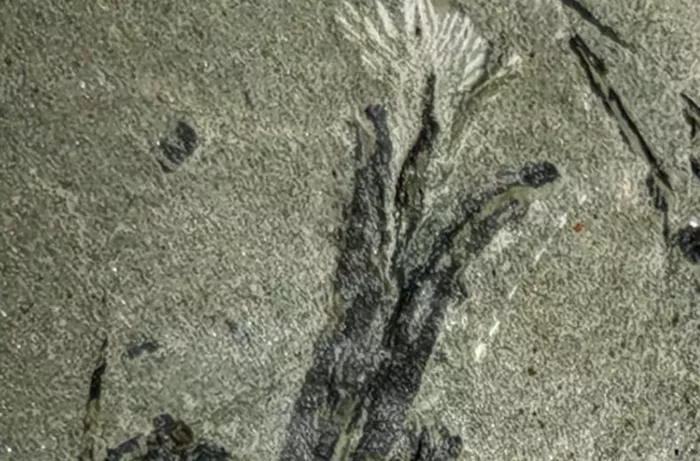Scientists Uncover Early Winged Seed, Shedding Light on Plant Evolution.
Researchers have found one of the earliest examples of a winged seed. This discovery offers insights into how plants developed strategies for wind dispersal.
The study, published in eLife, presents the second-oldest known winged seed, named Alasemenia. This seed comes from the Late Devonian period, which occurred about 360 to 385 million years ago. The authors used strong mathematical analysis to show that Alasemenia’s three-winged seeds are better suited for wind dispersal than those with one, two, or four wings.
Wind dispersal allows plants to spread their seeds through the air, helping them reach new areas. This process reduces competition for resources and increases the chances of survival. Examples of wind dispersal include tumbleweeds, parachutes like dandelions, and winged seeds from maple trees, commonly known as helicopter seeds.
The oldest known plant seeds also date back to the Late Devonian period.
“This period marks a key evolution in plant history,” explains lead author Deming Wang, a professor at Peking University in Beijing, China. “Plants transitioned from spore-based reproduction, like ferns and mosses, to seed-based reproduction. However, we know little about wind dispersal in seeds from this time because most fossils lack wings and are usually surrounded by a protective structure called a cupule.”
Cupules are cup-shaped structures that partly enclose seeds, similar to acorns or chestnuts. However, these Devonian cupules do not share the same origin as modern ones and may be linked to other methods of seed dispersal, such as water transport.
To better understand early wind dispersal, Wang and his team studied several seed fossils from the Late Devonian found in the Jianchuan mine in Anhui Province, China. They identified a new fossil seed, Alasemenia.
The researchers described the characteristics of Alasemenia by carefully analyzing fossil samples, including slicing them to examine their internal structures. They found that Alasemenia seeds measure about 25 to 33 mm long and notably lack a cupule, unlike most other seeds from that time.
This discovery marks one of the oldest known records of a seed without a cupule, predating earlier findings by 40 million years. Each seed is covered by a layer called integument, or seed coat, which forms three wing-like lobes. These lobes taper toward the tips and curve outward, creating broad, flattened structures that help the seeds catch the wind.
The team compared Alasemenia with other known winged seeds from the Late Devonian, such as Warstenia and Guazia. Both of these seeds have four wings, with Guazia’s being broad and flat, while Warstenia’s are short and straight.
Using a quantitative mathematical analysis, the researchers determined which seed was most effective at wind dispersal. They found that seeds with an odd number of wings, like Alasemenia, have a more stable spin rate as they fall, allowing them to catch the wind more effectively and disperse farther from the parent plant.
“Our discovery of Alasemenia enhances our understanding of the origins of wind dispersal in early land plants,” says senior author Pu Huang, an assistant research fellow at the Nanjing Institute of Geology and Paleontology, Chinese Academy of Sciences.
“Together with what we know about Guazia and Warstenia, we conclude that winged seeds formed from integument outgrowth were the first wind dispersal strategy in the Late Devonian, before other methods like parachutes or plumes appeared.”
Wang adds, “The three-winged seeds in Alasemenia would later be followed by two-winged seeds in the Carboniferous period and single-winged seeds in the Permian.”
Related topics:
- Create a New Flowerbed Now for a Beautiful Spring Garden
- 17 Halloween Plants to Create a Spooktacular Home Ambiance
- Chrysanthemums: The Flower of October


